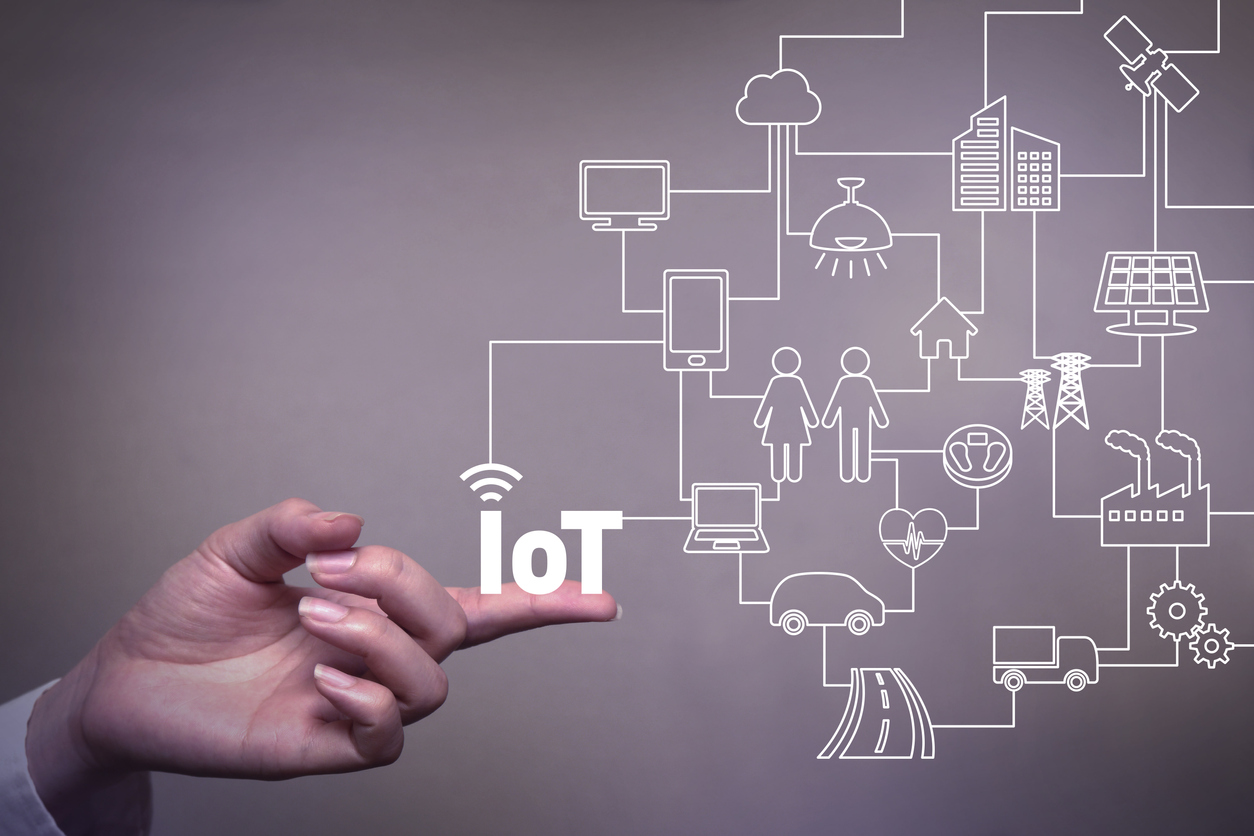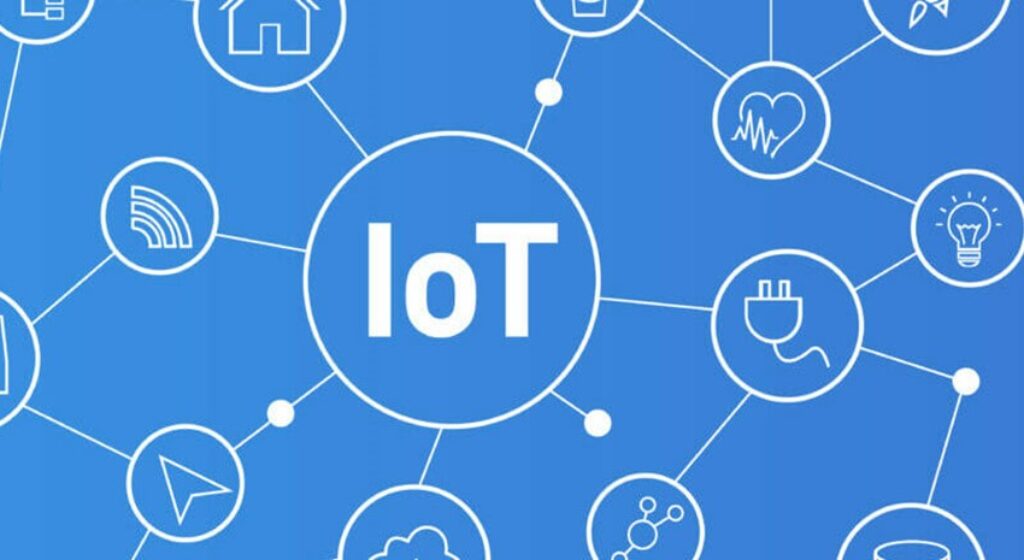
The Internet of Things (IoT) technology has become a pivotal element in the digital transformation of various sectors, from smart homes to industrial automation, healthcare, and beyond. Its ability to provide real-time data, enhance efficiency, and create connected experiences offers unparalleled opportunities for innovation. However, integrating IoT technology into business operations or consumer products comes with its set of cost considerations. This comprehensive guide delves into the financial aspects of embracing IoT technology, ensuring that your investment reaps maximum benefits.
Table of Contents
Understanding IoT Technology and Its Benefits

Source: archerpoint.com
Before diving into the cost considerations, it’s essential to grasp the scope and potential of IoT technology. IoT refers to the network of physical objects — “things” — embedded with sensors, software, and other technologies for the purpose of connecting and exchanging data with other devices and systems over the internet. This connectivity can streamline operations, enhance decision-making through data analytics, and open new avenues for customer engagement.
Initial Investment Costs
The initial costs of IoT technology investment include hardware, software development, and system integration. Hardware costs vary significantly depending on the complexity and required functionality of the IoT device. Software development, particularly for custom solutions, can be a significant expense but is crucial for unlocking the full potential of IoT devices. This often includes the development of companion apps to enable user interaction with the IoT ecosystem. For insights into companion app development, exploring specialized resources can provide a deeper understanding of the process and associated costs.
Operational Expenses
Operational costs include network connectivity, cloud storage, data processing, and maintenance. Reliable network connectivity is essential for IoT devices to function correctly, which may require investment in dedicated IoT networks or subscriptions. Cloud storage and data processing costs depend on the volume of data generated and the complexity of data analytics needed. Regular maintenance and updates are also necessary to ensure the long-term reliability and security of IoT devices.
Scalability and Future-Proofing

Source: gratasoftware.com
Investing in scalable and future-proof IoT solutions can mitigate long-term costs. Scalability ensures that the IoT ecosystem can grow with your needs without requiring a complete overhaul. Future-proofing involves selecting technologies and platforms that are likely to remain relevant and supported for the foreseeable future, reducing the need for premature replacements or upgrades.
Security Considerations
Security is a critical concern in IoT technology, with vulnerabilities potentially leading to data breaches and system compromises. Investing in robust security measures, including encryption, secure boot, and regular security updates, is essential. While this increases initial and operational costs, it protects against the potentially catastrophic financial and reputational damage of security failures.
ROI and Cost-Benefit Analysis
A thorough cost-benefit analysis can help quantify the return on investment (ROI) of IoT technology. This analysis should consider not only the direct financial gains but also indirect benefits such as improved efficiency, customer satisfaction, and competitive advantage. Quantifying these benefits can be challenging but is crucial for making informed investment decisions.
Leveraging Government Incentives and Grants

Source: americancityandcounty.com
Exploring government incentives and grants for technology innovation can offset some of the costs associated with IoT investments. Many governments offer financial assistance for projects that enhance technological capabilities, sustainability, or economic growth. These opportunities can significantly reduce the net investment required to implement IoT solutions.
Conclusion
Investing in IoT technology requires a careful consideration of various cost factors, from initial hardware and software development expenses to ongoing operational and security costs. By understanding these considerations, leveraging resources for areas such as companion app development, and conducting a comprehensive cost-benefit analysis, businesses and developers can make informed decisions that maximize the value of their IoT investments. As the IoT landscape continues to evolve, staying informed and adaptable will be key to achieving long-term success and innovation in this exciting field.







